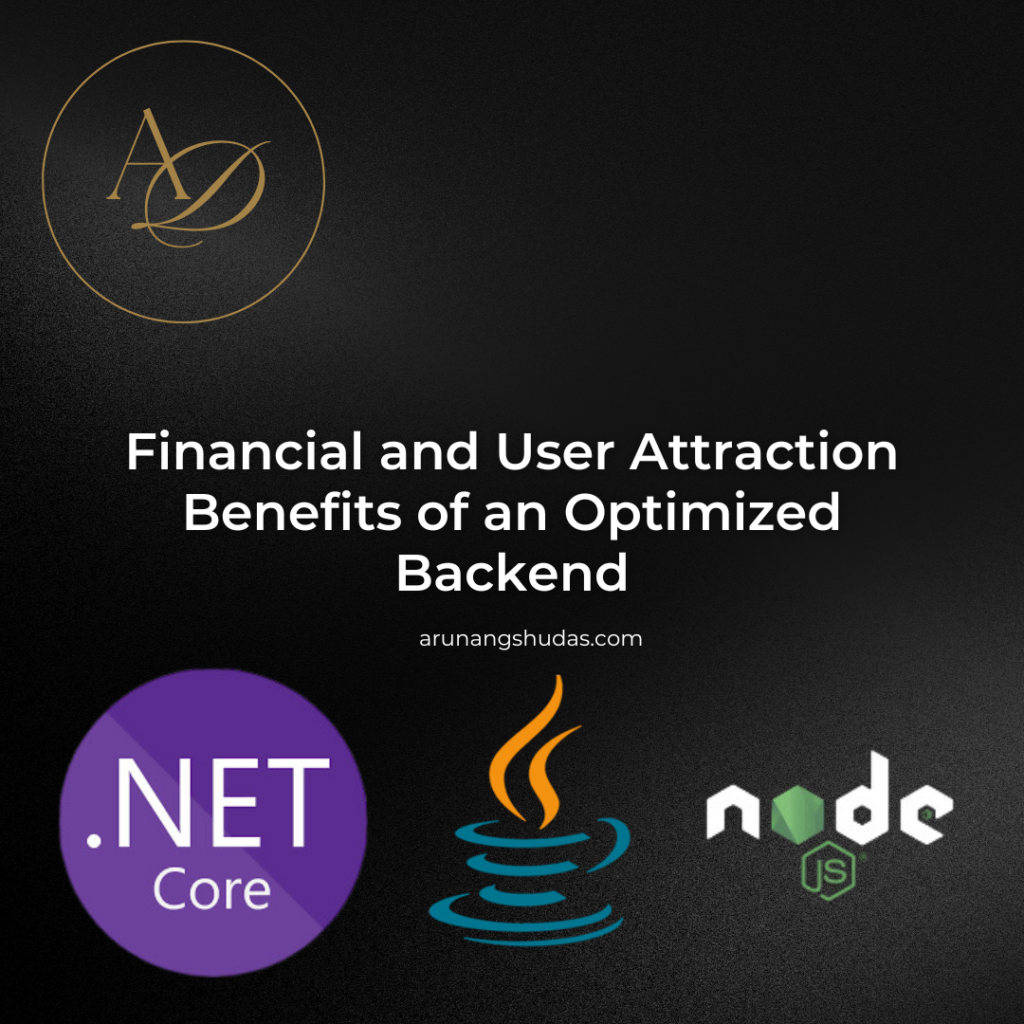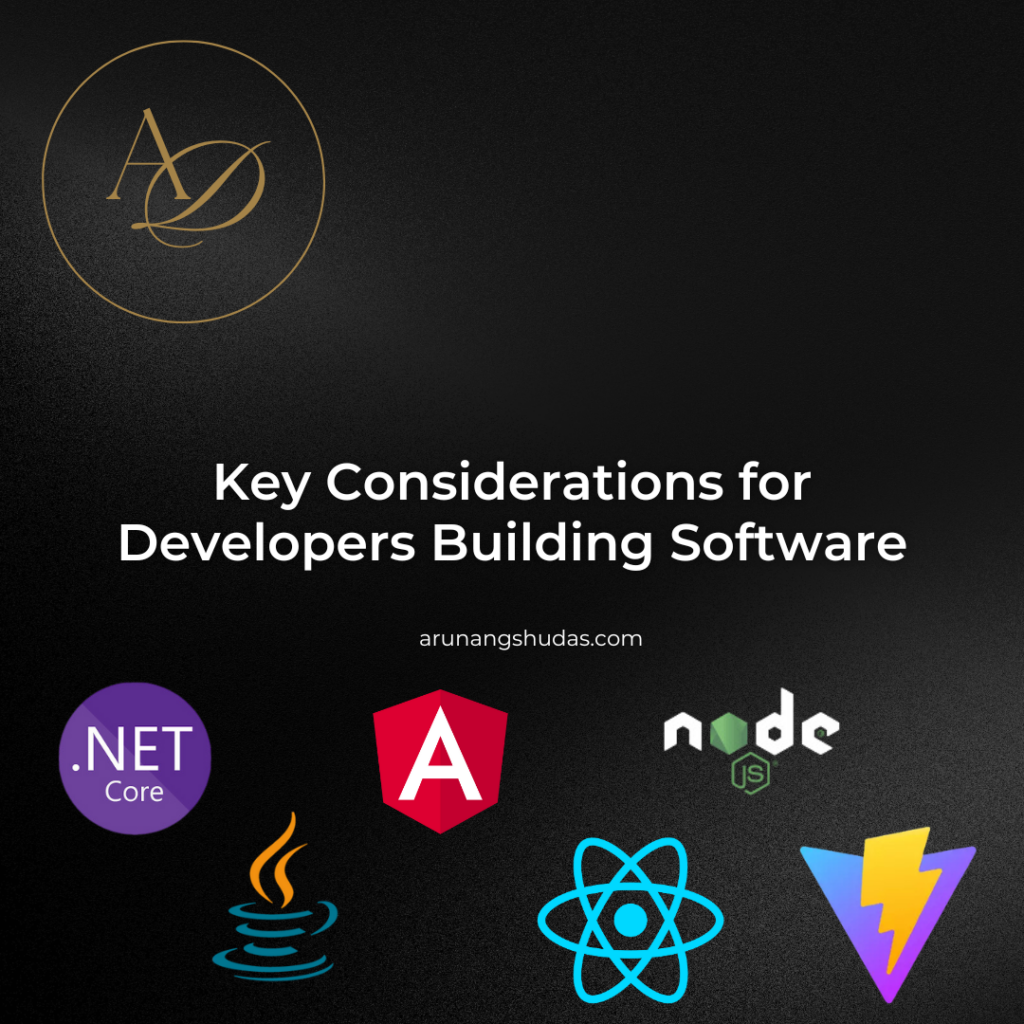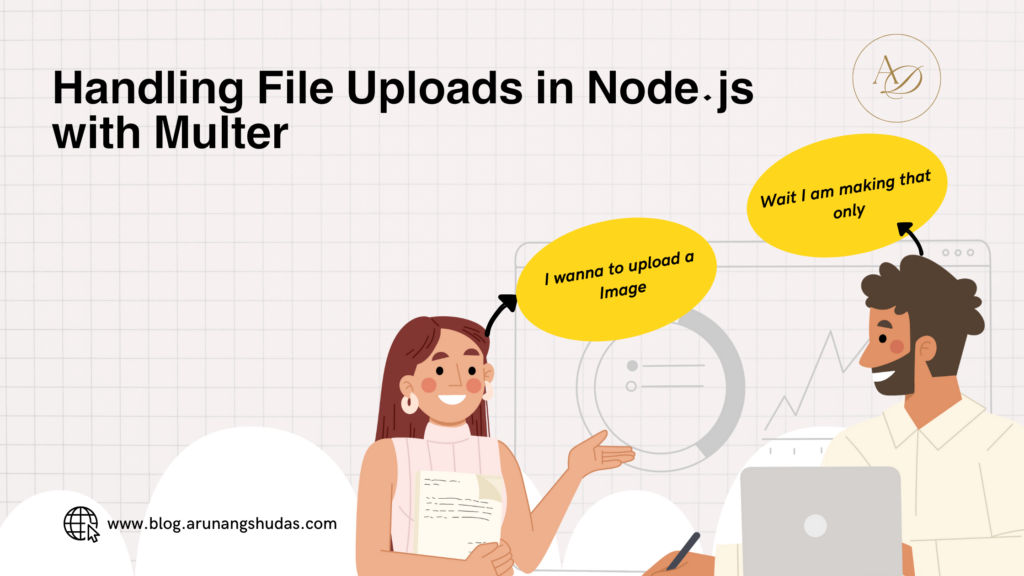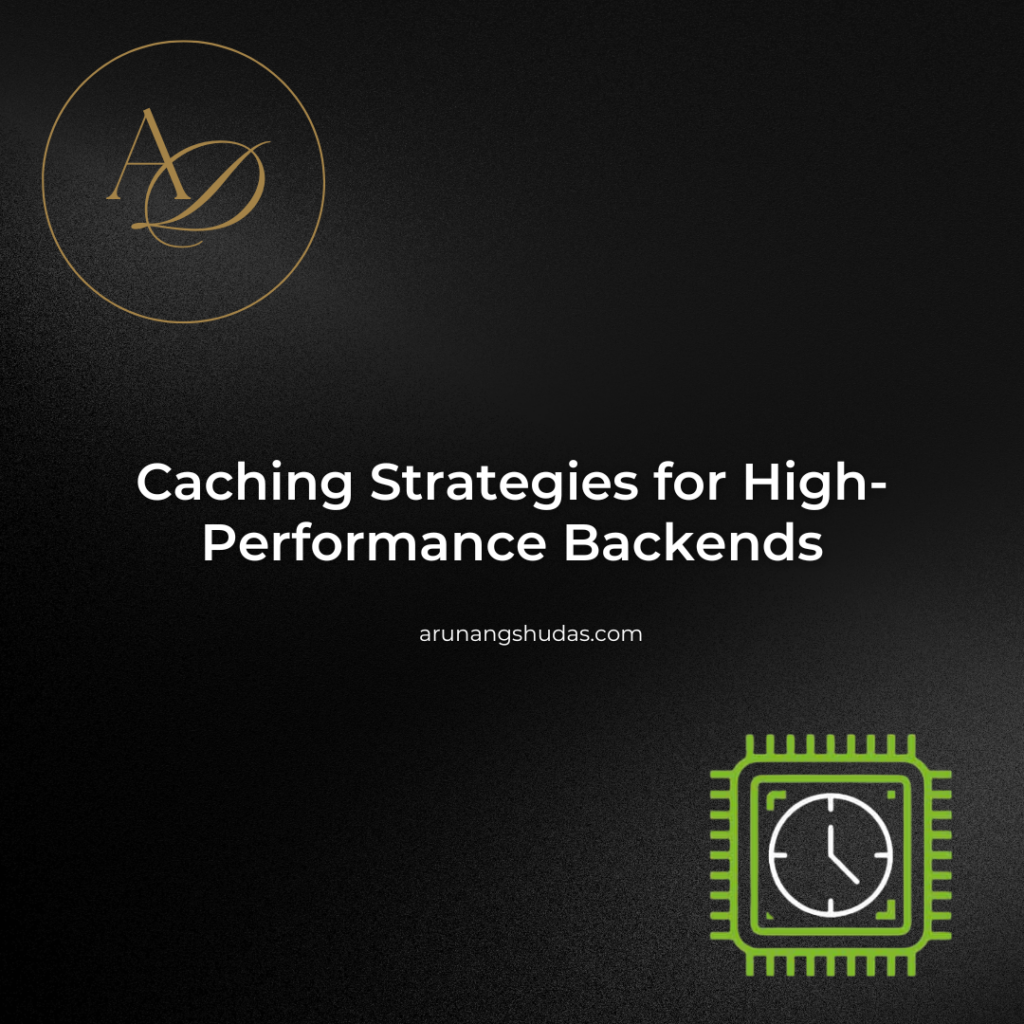Choosing the right database for a trading application is a critical decision that can significantly impact performance, reliability, and scalability. Traders and developers often focus on execution strategies, backtesting models, or real-time analytics but overlook the database that powers these systems. A poor database choice can lead to slow queries, data inconsistencies, or even system failures during peak trading hours.
Table of Contents
Toggle1. Ignoring Latency Requirements
Speed is everything in trading. Whether you’re handling order execution, market data storage, or real-time analytics, your database must be optimized for low-latency reads and writes. One of the biggest mistakes is choosing a traditional relational database without considering its impact on performance.
For example, PostgreSQL and MySQL, while powerful, may struggle with millisecond-level data ingestion and retrieval. High-frequency trading (HFT) or algorithmic trading systems require databases like TimescaleDB, ClickHouse, or in-memory solutions such as Redis. If you fail to account for latency from the start, your trades might execute too late, resulting in significant losses.
2. Overlooking Scalability Needs
Many trading platforms start small but eventually need to handle massive amounts of data. A common mistake is selecting a database that cannot scale efficiently. Traditional relational databases may work fine initially, but as trade volumes grow, the system can bottleneck, leading to slower performance and downtime.
NoSQL databases like MongoDB or event-driven solutions like Apache Kafka can be better choices for handling streaming data at scale. Additionally, partitioning and sharding strategies should be considered early in the design phase to avoid expensive migrations later.
3. Choosing the Wrong Data Model
Not all databases are designed for the same type of workload. Trading applications involve structured and unstructured data, including order books, price tick data, user transactions, and risk management metrics. Choosing a database without considering the data model can lead to inefficiencies.
For example, using a document-based NoSQL database for structured trading data that requires complex relationships (such as order execution history) may lead to performance issues. On the other hand, using a relational database for real-time event processing may cause unnecessary overhead. A hybrid approach—using PostgreSQL for transactional data and a time-series database for market data—often yields better results.
4. Neglecting Data Integrity and Compliance
Trading applications must adhere to strict financial regulations, requiring robust security, ACID compliance, and audit trails. Some developers prioritize speed and scalability while neglecting these aspects, which can lead to regulatory violations or security breaches.
For instance, using an eventually consistent NoSQL database for transaction logs might not be ideal if the data must be accurate at all times. In contrast, ACID-compliant databases like PostgreSQL, SQL Server, or Oracle ensure transactional integrity. Additionally, proper encryption, access control, and backup strategies should be in place to meet compliance standards.
Final Thoughts
Selecting the right database for a trading system is not just about performance—it’s about balancing speed, scalability, data integrity, and regulatory compliance. Ignoring these factors can lead to costly mistakes that affect both trading outcomes and business operations.
You may also like:
1) 5 Common Mistakes in Backend Optimization
2) 7 Tips for Boosting Your API Performance
3) How to Identify Bottlenecks in Your Backend
4) 8 Tools for Developing Scalable Backend Solutions
5) 5 Key Components of a Scalable Backend System
6) 6 Common Mistakes in Backend Architecture Design
7) 7 Essential Tips for Scalable Backend Architecture
8) Token-Based Authentication: Choosing Between JWT and Paseto for Modern Applications
9) API Rate Limiting and Abuse Prevention Strategies in Node.js for High-Traffic APIs
10) Can You Answer This Senior-Level JavaScript Promise Interview Question?
11) 5 Reasons JWT May Not Be the Best Choice
12) 7 Productivity Hacks I Stole From a Principal Software Engineer
13) 7 Common Mistakes in package.json Configuration
Read more blogs from Here
Share your experiences in the comments, and let’s discuss how to tackle them!
Follow me on Linkedin








